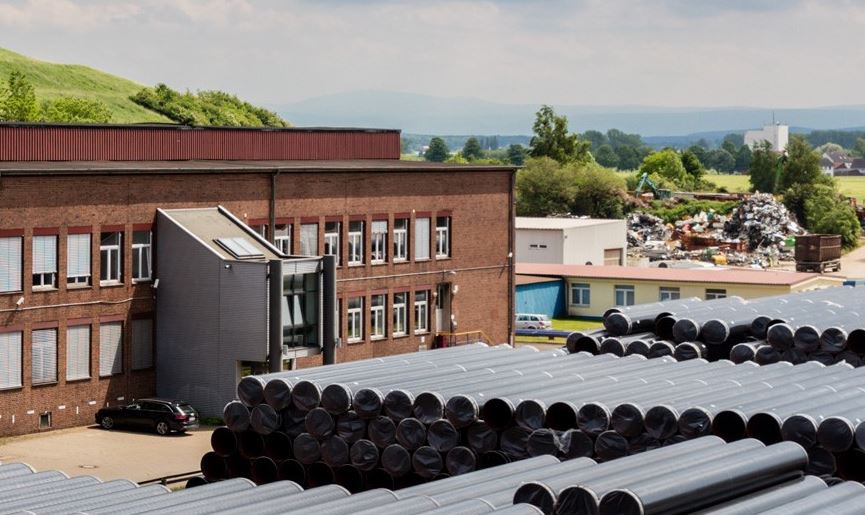A unit of Germany’s Salzgitter has secured a contract from Open Grid Europe (OGE) to supply steel pipes for a pipeline that will link the planned LNG terminal in Wilhelmshaven with the grid.
Germany’s biggest pipeline network operator OGE revealed plans for this 30 kilometers long pipeline in a statement last week, but the firm did not provide any additional details regarding the LNG facility.
The pipeline will have a capacity of about 10 bcm per year, while the capacity could increase to 28 bcm in the future, according to OGE.
OGE plans to launch this pipeline, which would also allow transportation of hydrogen in the future, by the end of this year.
Steel producer Salzgitter said in a statement on Wednesday its subsidiary Mannesmann Grossrohr would produce the pipes in the large-diameter pipe mill in Salzgitter before the end of the second quarter.
In order to adhere to the “extremely tight schedule”, Salzgitter’s steelworks have already smelted the first steel for this project, it said.
“The pipeline from the new LNG terminal in Wilhelmshaven leads close to the Etzel cavern facility where it will connect up to the existing German gas pipeline network,” it said.
From there, initially up to 10 bcm of gas a year can be transported from the North Sea coast to the south and east of the country, it said.
FSRUs to the rescue
Germany currently has no large LNG terminals but it will build several facilities as it looks to slash reliance on Russian gas.
These include proposals from German LNG Terminal in Brunsbuettel and Uniper in Wilhelmshaven, which received backing from the government, as well as Hanseatic Energy Hub’s Stade facility and the TES hub in Wilhelmshaven.
Uniper and RWE are also finalizing talks to secure three floating storage and regasification units (FSRUs) for Germany.
Sources previously said that the FSRU owners include Dynagas and Hoegh LNG.
Dynagas has two newbuild FSRUs in its fleet, namely the 174,000-cbm Transgas Force and Transgas Power, while Hoegh LNG’s only uncommitted FSRU is the 170,000-cbm Esperanza.
Uniper, a unit of Finland’s Fortum, will likely employ one of these two Dynagas FSRUs to serve this LNG import terminal in Wilhelmshaven.
The company recently confirmed it had revived plans to build an LNG import terminal in Wilhelmshaven.
Uniper previously planned to build the Wilhelmshaven FSRU terminal but it switched plans from LNG to hydrogen last year.

